Building fence is just one of those jobs that has to be done here on the ranch. Whether it is fence repairs, re-building or replacing permanent fence or putting in a temporary fence to improve grazing and better utilize your resources . . . there’s a lot of the ranch life that involves fence.
Just a couple weeks ago, we sectioned off a wheat pasture where our yearling heifers had grazed all winter on tender, protein rich, green, wheat. This particular pasture was planted for grazing only with no plans of harvesting seed. In an effort to utilize that wheat pasture to the fullest potential, sectioning it off allows us to focus grazing on one half and then move the group of cattle to the other half. This process is good for the land and good for cattle.
Now, I’ll be upfront, I have never had the opportunity to build fence with anyone besides my dad or my husband. But one thing I’ve learned from my fence building experience is: do not mess up the system. Let me explain. My husband’s method is to put 13 (of his) strides between each post when building temporary hot wire fence. No more, no less and do not mess his count up either! (Dad is the same way, although his special number may be a little more or less.) Consistency ensures a quality fence and consistency also sets the standard.
In the beef business, building fence is necessary and so is building trust. A fence is defined as a barrier used to separate or enclose an area. Trust is defined as, firm belief in the reliability, truth, ability, or strength of someone or something. Recently, purchasing beef direct from the ranch has gained popularity due to the meat supply chain disruption caused by COVID-19. This buying beef direct movement is a great opportunity for ranchers to connect directly with consumers and build consumer trust while marketing their product. For those of you that are selling beef direct, I ask you to take time to answer consumers’ questions with humility, tactfulness and gratitude. They are your customers and they are seeking out ways to find our product when it’s not plentiful at the grocery store.
I want to make SURE everyone understood what I just stated, so I’ll say it again a little simpler. When beef can not be found in the normal spot consumers would purchase it, they are seeking out other ways to get beef because consumers love our product. Wow! If that does not make you beam just a little bit as a beef producer, I am not sure what would.
I am proud of the cattle that we raise. I am proud the work we put in as a family to make it all happen. And you can bet I am proud of and enjoy having a freezer full of home raised beef to feed and nourish my family. That is a luxury that I all too often do not recognize. That brings to question, is my home raised beef any safer, healthier or more nutritious than what is sold in grocery stores? Absolutely not. The beef that folks buy in grocery stores could be from my family’s cattle or my neighbor’s cattle.
All cattle are fed to market weight, slaughtered in a USDA facility and end up at the grocery store or in our customers' freezers. Either way, the beef is safe, healthy and nutritious. The beef at the grocery store is safe and beef direct from a rancher is safe. Consumers should buy what they prefer and can afford.
As cattlemen, let’s not compare beef bought direct to store bought beef or insult the store bought beef. Both of those could be beef from my family’s ranch. The insults are, first of all, not valid and secondly not building trust.
Have you seen the post with two photos of ground beef and the individual that posted it is commenting on the color difference in beef bought direct compared to store bought beef? There’s an explanation for that! According to the USDA, optimum surface color of fresh meat beef (cherry red) is highly unstable and short-lived. When meat is fresh and protected from contact with air (such as in vacuum packages), it has the purple-red color that comes from myoglobin, one of the two key pigments responsible for the color of meat. When exposed to air, myoglobin forms the pigment, oxymyoglobin, which gives meat a pleasingly cherry-red color. The use of a plastic wrap that allows oxygen to pass through it helps ensure that the cut meats will retain this bright red color. However, exposure to store lighting as well as the continued contact of myoglobin and oxymyoglobin with oxygen leads to the formation of metmyoglobin, a pigment that turns meat brownish-red. You can learn more on meat color HERE.
To be sustainable in the beef business, we need consumers to trust that all beef is safe, healthy and nutritious because it is! Those of you sharing information that is not factual are certainly building a fence or barrier to overcome within our own industry.
Building fence and building trust, both involve consistency, a quality product and a high standard. Let’s not build fences (unless it is to keep the cows in), let’s build trust!
Don’t all families bond over some good ‘ol fence building? My daughter kept trying to land where Daddy’s 13th stride would land. She aced it a couple times. I was the gator driver. And this photo description wouldn’t be complete without addressing the clothing choice of our tiny helpers. Boots and shorts is definitely a popular trend for them right now.


